20. A Nightmare on Elm Street (1984)
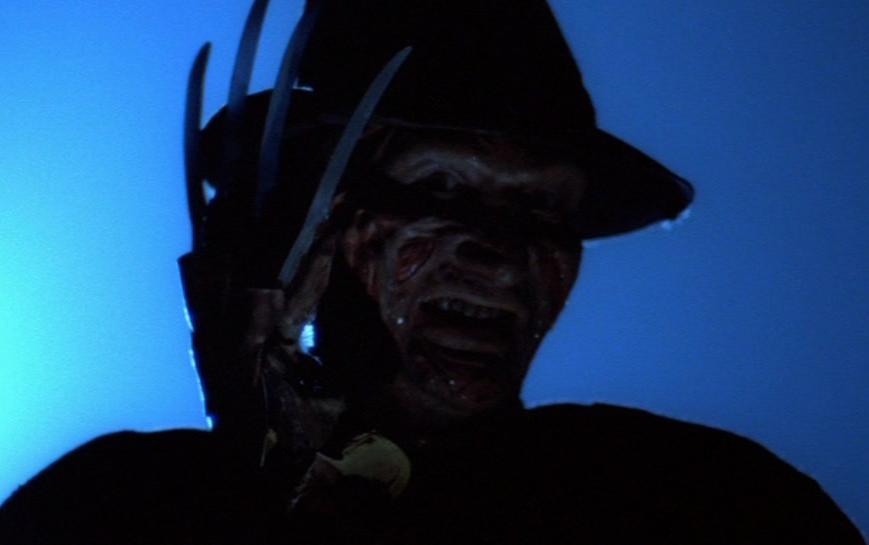
A slasher film with surrealist standards, Wes Craven’s effects heavy exploitation horror film A Nightmare on Elm Street introduced razor-fingered boogeyman Freddy Krueger (Robert Englund) to the world, and no one’s had a decent night’s rest since.
The film focuses on several promiscuous teens whose dreams find them hounded, hunted, and killed by Freddy. Once killed in their dreams they die in reality and soon victimized teen Nancy (Heather Lagenkamp) starts to connect who Freddy really is and hatches a way to get back at him (hint: you need Johnny Depp as your boyfriend for optimal benefits and occasional smooching).
To quote Guillermo del Toro: “I think that [A Nightmare on Elm Street] really is one of the best fairytales of any decade, because Wes Craven understands the roots of those myths.”
For all of it’s false awakenings, red herrings, jump scares, and creative kills, this is an unflinchingly original top-hole horror that spawned a cultural phenomenon, brought back monster movies, boosted night light sales, and deserves to be called a classic.
19. The Wicker Man (1973)
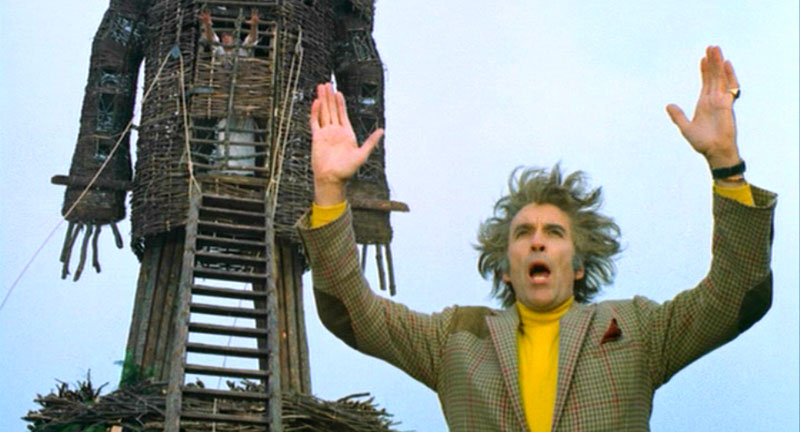
Robin Hardy’s The Wicker Man is a decidedly imaginative mixture of murder mystery, horror movie, folk musical, and pagan legend. Written by Anthony Shaffer (Sleuth) from David Pinner’s 1967 novel “Ritual” this influential British film was famously touted by Cinefantastique to be “the Citizen Kane of horror movies” and who are we to say different?
Sgt. Howie (Edward Woodward) is an uptight Scots policeman investigating the disappearance of a young girl, Rowan Morrison (Gerry Cowper) on Summerisle, a remote Hebridean island. Summerisle is the sort of place where the head cheese, Lord Summerisle is played by Christopher Lee, so there’s a huge fucking red flag right away. Britt Ekland is there, too, in full babe mode, there’s a naked librarian played by Ingrid Pitt and all the pagan May Day hoopla have Howie groping for his Christian cross.
The Wicker Man offers up many fiendish quirks, kinks, and a concluding squeaker of a curveball you won’t soon forget.
18. Black Sabbath (1963)
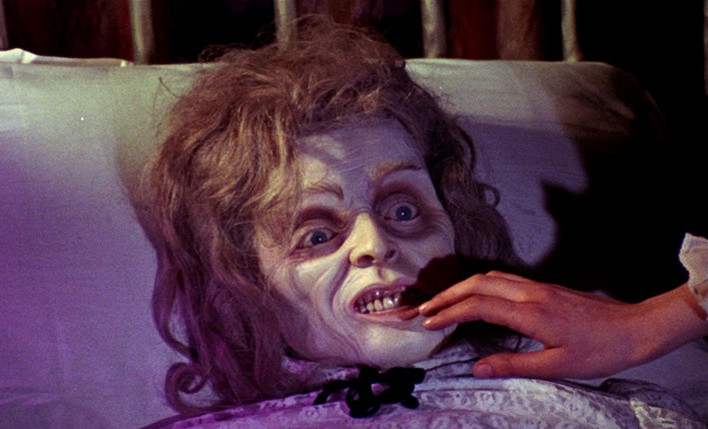
Mario Bava, the influential genius behind such lurid classics as Black Sunday (1960) and Twitch of the Death Nerve (1971) makes the list with this visually opulent, garishly stylish and atmospherically baroque Italian-French horror anthology.
An outright chef d’oeuvre and master class in manipulative chills, Black Sabbath also gains extra awesome points by being narrated by the legendary Boris Karloff. These fabulous and frightful vignettes, each now familiar Halloween perennials, include Jacqueline Pierreux in The Drop of Water and Suzy Andersen in The Wurdalak.
And if there was ever any doubt, so influential and affecting was Black Sabbath that English rockers Geezer Butler and Ozzy Osbourne, co-opted the name for their seminal English hard rock act. But love for the film doesn’t end there, nouveau riche filmmaker Quentin Tarantino has repeatedly quipped, “what Mario Bava did with the horror film in Black Sabbath, I was gonna do with [Pulp Fiction].” This horror staple makes for solid Halloween viewing.
17. Horror of Dracula (1958)
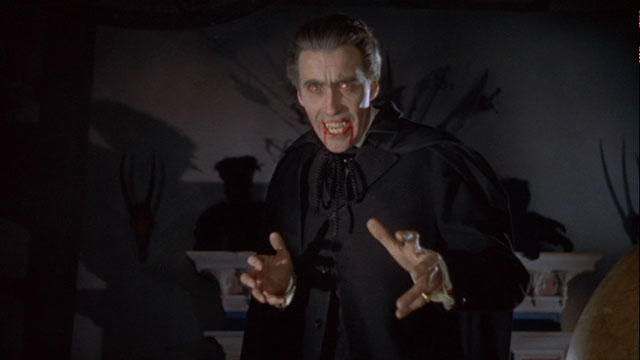
Hammer Films specialized in Gothic horror and bold re-imaginings of iconic movie monsters, and while 1957’s The Curse of Frankenstein is also a formidable film, it’s director Terence Fisher’s lurid revision of Bram Stoker’s classic that really pops in the mass cult’s collective unconscious.
Horror of Dracula stars an imperious and monstrous Christopher Lee as Dracula, a refined and cerebral Peter Cushing as Abraham Van Helsing in a somber, sexy, and chillingly circumstantiated vampire vintage. Jack Asher’s Technicolor lensing is vibrant and startling, as is James Bernard’s spine-tingling score in this suspenseful, gore-soaked masterpiece of menace and enjoyable alarm.
16. The Bride of Frankenstein (1935)
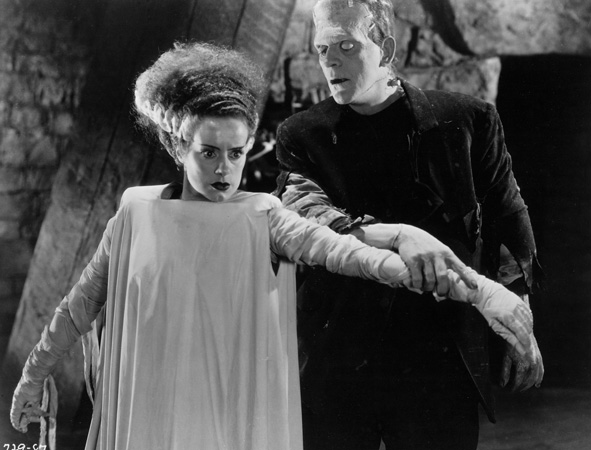
It took James Whale four years to follow up his first-rate sensation Frankenstein and while Universal Studios may have been antsy in the interim, The Bride of Frankenstein was worth the wait.
A startling synthesis of comedy, melodrama, and intense fear, this sequel is superior in every way to the original and even manages, thanks to Elsa Lanchester’s fascinating performance as the eponymous bride, to be more earth-shaking in its iconography. Her electro-shock coiffure, mummified body and exasperated angry hiss are timeless and she’s easily one of the most breathtaking dames ever to appear on-screen.
The Bride of Frankenstein creates a complex and rather fearless theme of the Monster (Boris Karloff, brilliant of course)––“We belong dead!” he laments––as outsider, feared, jilted, and dropped by society because of what he is. His archetypal journey to the underworld, complete with Christ/crucifixion correlation and other meaty mythic metaphors, and an enduring climax makes for the apex of classical Hollywood terror. Genius!
15. Don’t Look Now (1973)
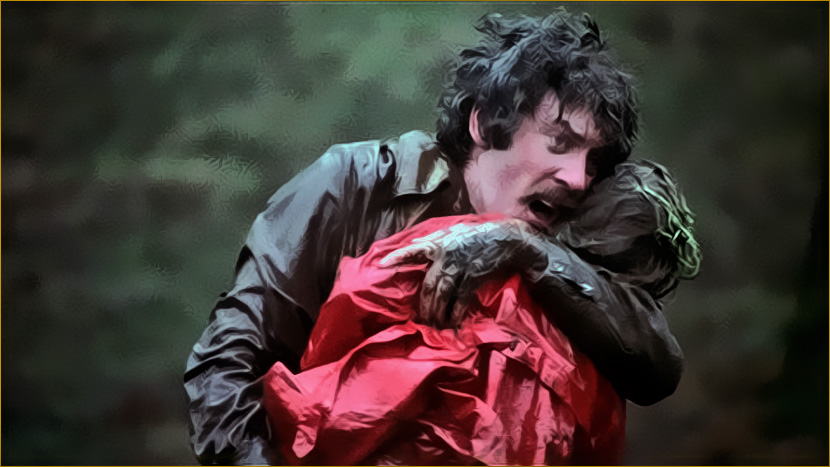
Nicolas Roeg’s stunning arthouse horror Don’t Look Now uses his signature fragmented visual style involving abrupt cuts, unanticipated segues, cryptic associations––the color red has never been so unsettling––to create a feeling of impending and inescapable doom.
After their daughter’s tragic drowning, grieving parents John and Laura (Donald Sutherland and Julie Christie) retreat to Venice in hopes of healing and sanctuary.
Venice feels half empty, a doused city of ghosts, and John and Laura only find more trouble and upset as they try to make sense of their tragedy. Death, intrigue, eroticism, and the meandering canals of Venice haunt their attempts at regeneration as does intangible horror, nostalgia and strange superstition.
Don’t Look Now is a troubling, stunning, and sensual masterpiece you’ll never forget, with an ending that’s both obscure and all too dubious.
14. The Fly (1986)
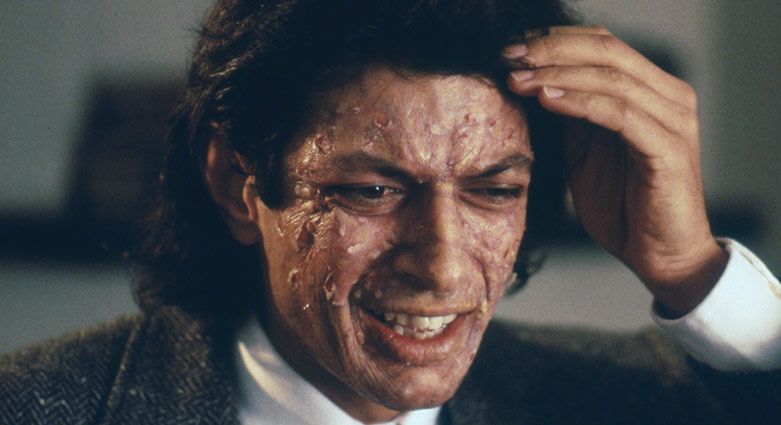
Ostensibly a remake of the 1958 Kurt Neumann sci-fi classic, this 1986 David Cronenberg rendition is pure horror. During the 70s and 80s Cronenberg was king of creating atmospheric and immersive environments inundated with body horror motifs and laudably questionable characters and The Fly embodies this exquisitely.
Genetic scientist Seth Brundle (Jeff Goldblum) has an accident when testing his revolutionary teleportation decide that fuses him with a house fly. Hoping to somehow save him is his award-winning journalist girlfriend Veronica Quaife (Geena Davis). Their tragic love story is intensely moving, AIDS-era undertones also add to the adversity, and the pathos just piles up to stomach-churning and occasionally fist-pumping effect. The Fly is a ghastly allegory on loss of self and the dissolution of love.
13. Jaws (1975)

Steven Spielberg’s ambitious blockbuster is the ultimate man versus nature narrative that als wisely asserts that if you’re going up against a great white shark, “you’re gonna need a bigger boat.”
Adapted from the 1974 Peter Benchley best-seller, Jaws unfolds in the New England tourist trap of Amity Island. This beach community is soon terrorized by a man-eating shark as police chief Martin Brody (Roy Scheider) teams with ichthyologist Matt Hooper (Richard Dreyfuss) and a severe ship captain named Quint (Robert Shaw).
German critic Georg SeeBlen writes, “If Jaws was a kind of skeleton key to the angst of the 70s, from puritanical fear of sex to the war in Vietnam, then its heroes were models of America’s wounded masculinity, who meet and join to face a test of character.”
Aided immeasurably by John Williams’ famous and unforgettable score, this Hitchcockian thriller is a tautly directed pièce de résistance of primal fears and exhilarating adventure. Jaws is the real deal with frightening sequences that haunt and give a turn decades on and startle beachgoers every summer and probably always will.
12. Alien (1979)
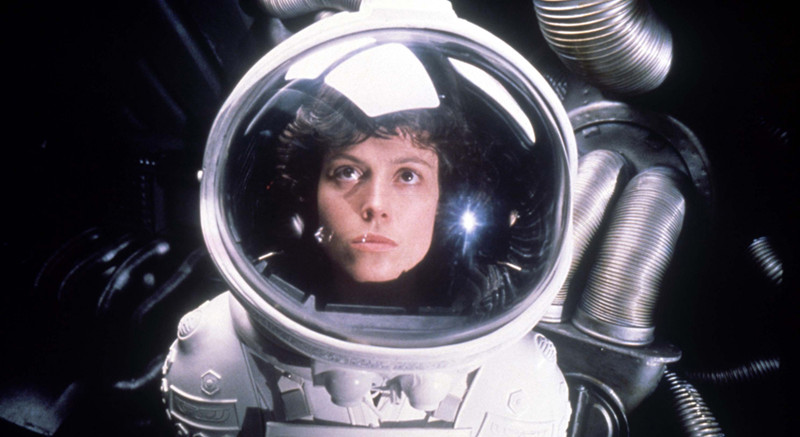
In Ridley Scott’s shocking sci-fi horror the titular alien is a biomechanical organism that happily reproduces itself aboard a claustrophobic spaceship, the Nostromo. Alien is the ultimate “don’t look behind you” monster movie, with the perfect tagline: “In space no one can hear you scream”.
Alien deserves accolades for the iconic turn of its fearsome female hero Warrant Officer Ripley (Sigourney Weaver, stunning) and also for H.R. Giger’s phallus-resembling acid-blooded monster.
Dan O’Bannon’s sharp screenplay hit-all-the-right-marks, assuring Alien is a nasty, teeth-gnashing treasure trove of terror. Also, let’s never forget the chest-popping first appearance of the horrific baddie, certainly one of film history’s greatest ever entrances. As the aptly named British actor John Hurt discovers, that’s a tough act to follow.
11. The Witchfinder General (1968)
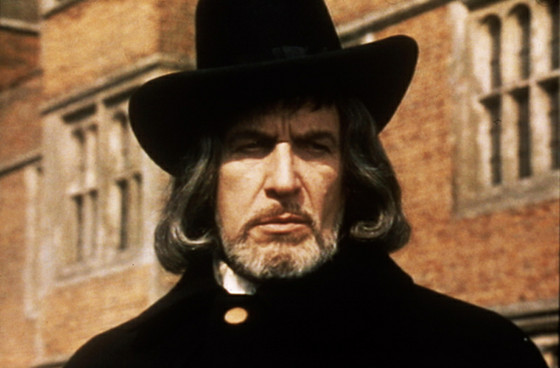
It’s highly possible that kids these days (don’t worry, I just rolled my eyes at that line, too) have no real context for which to place Vincent Price, the macabre master, who, at one point in his lustrous career was known worldwide for his scene-stealing roles as villainous nasties. Well, to those kiddies we suggest a strong dose of Michael Reeves’ wantonly cruel 1968 masterpiece, Witchfinder General.
Incredibly influential, mordantly violent, and rooted in England’s bleak history, Reeves’ final film––he died soon after production wrapped, at the young age of 25, having already completed seven films!––spawned scores of imitators and provided Price with perhaps his finest, surely his most sadistic role.
Film historians claim accuracy in this 17th century set tale of Matthew Hopkins (Price), witch hunter (which back then, equated to woman hater), out to terrorize the English countryside.
It rattled censors at the time and today still tests one’s threshold for terror. A must see experience for horror fans.